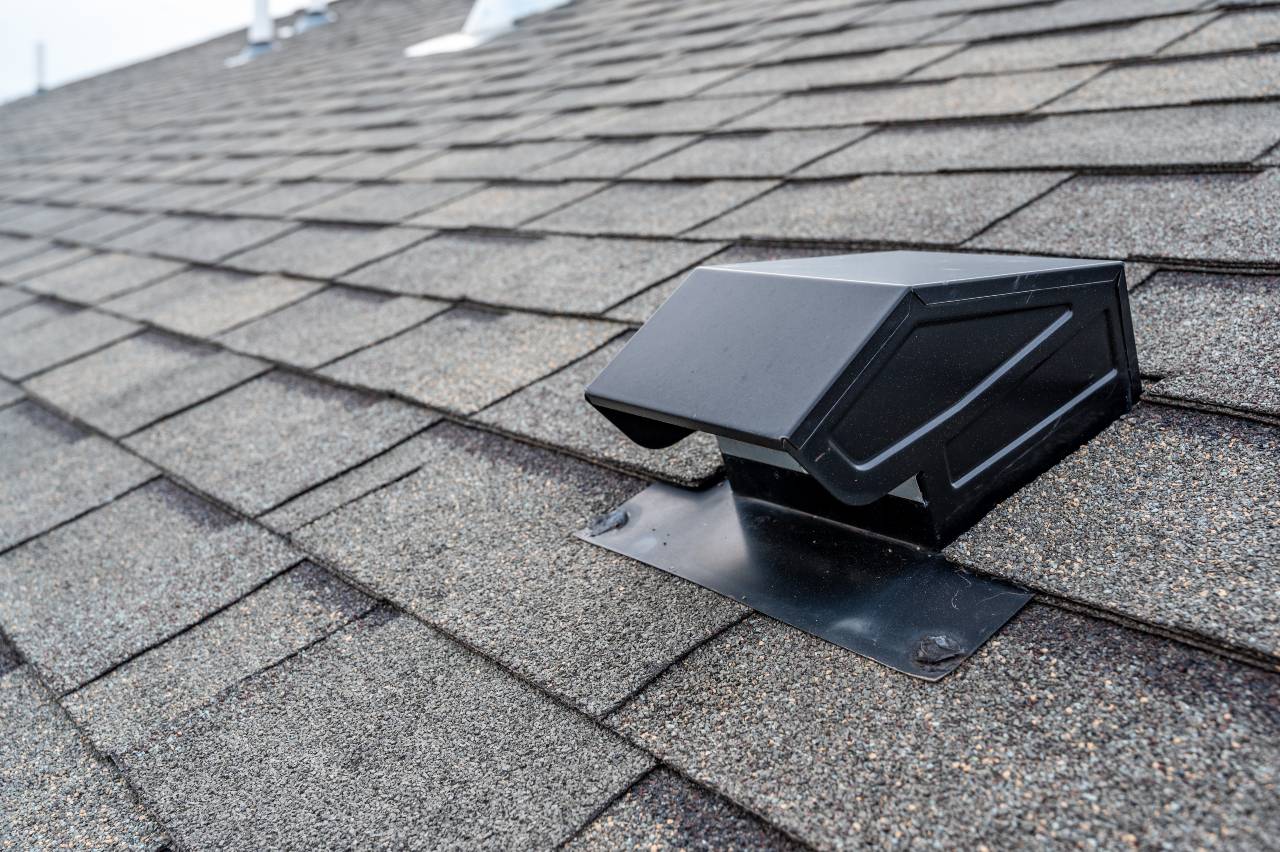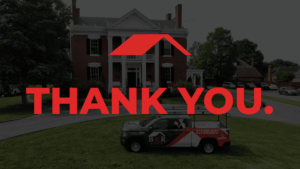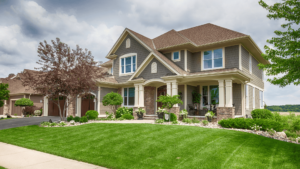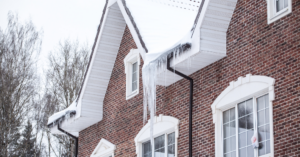Roof ventilation keeps your home cooler each summer and warmer each winter, extending the life of your roof and decreasing the risk of roof damage. A sound roof ventilation system will also help eliminate moisture in your attic by allowing cool, dry air to enter while letting warm, moist air exit.
When your home can “breathe” with adequate roof ventilation, your attic won’t become a breeding ground for unhealthy mold.
Read on to discover why your home needs adequate roof ventilation—and the problems that result if you don’t have it.
How Does Your Home Benefit from Roof Vents?
Prevent Damage to Your Roof Shingles
When roofing isn’t vented correctly, it can cause damage, such as cracked roofing shingles. This can shorten the lifespan of your roof.
Decrease your energy usage
You’ll lower your monthly energy bills by installing roof vents, ensuring air circulates appropriately in your home.
Avoid rot
When hot air gets stagnant in your attic, moisture settles on your framing and insulation, causing rot to set in. Rot affects the framing and the roof decking, resulting in a sagging roof—which can leak, increasing the moisture problem in your attic and causing considerable problems in your home interior. Adequate roof vents prevent all these unwanted problems from happening!
Keep insulation intact
When roofing is not ventilated sufficiently, moisture trapped in the attic can land on your insulation and cause it to clump, reducing its effectiveness. When your roof is vented properly, insulation stays intact and works effectively, keeping your home interior comfortable.
Help your roof’s longevity
Roof vents such as soffit vents (grids that fit over holes in your soffits) or ridge vents (highly economical continuous vents that run along the peak of a sloped roof) help remove overheated air from your attic, reducing the impact of changing temperatures inside and outside your home.
Intake vents and exhaust vents installed at strategic intervals in your attic or roof area deliver proper ventilation, extending the lifespan of your roof’s components and preserving your roof’s integrity. The result? You’ll save money by delaying the need for a new roof.
Balance your home’s intake and exhaust
A well-designed roof vent system balances your home’s ventilation under your roof. It will slightly pressurize your attic and prevent conditioned air from being sucked out too quickly through your vents—saving you energy usage.
8 Signs Your Home Has Poor Roof Ventilation—and Problems that Result!
1. Water Damage Invades
If you have poor roof ventilation and you ignore it, serious problems can arise over time. You may spot roof leaks, and unhealthy mold and mildew growth in your home can result. If you see signs of water damage in your home, call a roofing contractor and see if you need more roof ventilation.
2. Ice Dams Appear
If winter weather causes ice dams and icicles to form along your roof, that indicates you have a problem with roof ventilation. When your roof warms, snow melts, and the water freezes when it gets to your roof’s edge, it’s a signal that your roof is not ventilated properly. If you ignore the root cause of the problem (you need more roof ventilation), serious, costly issues can result over time. Avoid the hassle of unnecessary problems by increasing your roof’s ventilation.
3. Heating and Air Conditioner Units Break
If your home doesn’t have adequate roof ventilation, your HVAC system will be overworked trying to keep up with its demands. Think about it. Hot air gets trapped inside during the summer partly because it can’t escape through roof vents. This puts extra stress on your HVAC unit, and you may need to replace it sooner than you anticipated as a result. Be nice to your home’s heating and air conditioning unit by having adequate roof ventilation installed.
4. Pests Enter
When you don’t have proper roof ventilation, you put other parts of your home exterior at risk of damage. Your roof, gutters, and siding may become compromised as a result. And their vulnerable state puts out the welcome mat for unwanted critters to enter your home.
Insects, squirrels, rodents, and more can try to make your home into theirs, creating costly damage—just because you didn’t have adequate roof ventilation! Don’t risk the damage they cause and the hassle of repairing and replacing home exterior components.
5. Hot Spots Appear
If there is a hot spot (or cold spot) in your home where the temperature increases unexplainably, it could be from inadequate roofing ventilation.
6. Your Roof Wears Out Faster
If your home doesn’t have adequate roofing ventilation, your attic can become too hot. Trapped air heats up in your attic, decreasing the lifespan of your roof shingles. The heat from your attic doesn’t just penetrate your home interior—it is transferred back to the roof itself! Roof shingles get overheated as a result, and their lifespan decreases.
7. Your Attic’s Wood Framing Warps
The heat transfer from a hot attic damages more than just your roof. It may compromise the wood framing inside your attic, causing your walls and door frames to warp.
8. Your Wallpaper and Interior Paint May Be Impacted
When hot air doesn’t escape your attic, it can negatively impact your home interior when moisture is transferred down your walls, blistering your interior paint and wallpaper.
Get the Roof Replacement You Need from a Trusted Contractor
Don’t risk more damage to your home with improper roof ventilation compromising your home’s integrity. Get peace of mind that your home is well-protected and safe with a reliable new roof that has adequate roof ventilation.
Our experienced team at Best Choice Roofing inspects your roof and provides photo and video evidence of any damages or issues we discover on your home’s protective layer.
Learn more about our roofing services, or contact us to schedule a free roof inspection today.
